The Zhaozhou Bridge stands in Zhao County. It was built from A.D. 595 to A.D. 605, and is now the oldest bridge in China. But it only took 18 days to build a new bridge referenced to its design; spanning 26.3 meters, with a width of 2.6 meters.
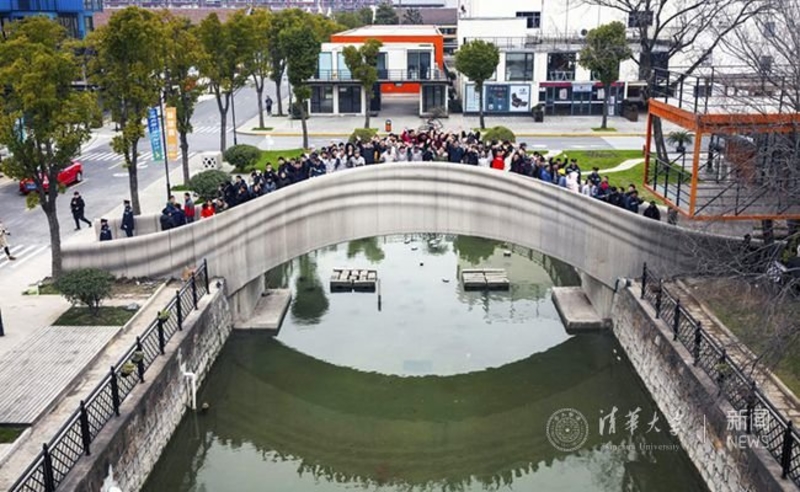
In contrast to the original, Professor Xu Weiguo and his team at Tsinghua University only needed 450 hours to print all the new structure’s components.
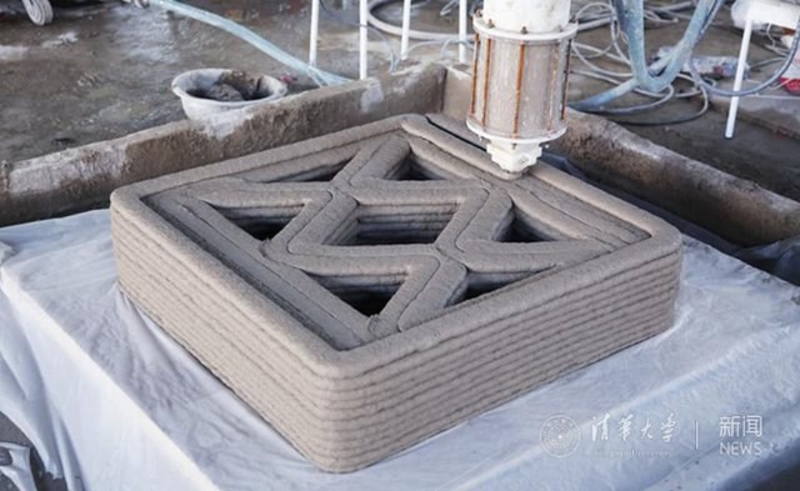
Not only did Prof. Xu complete the bridge quicker, he also says it’s two thirds cheaper in terms of materials and engineering costs.
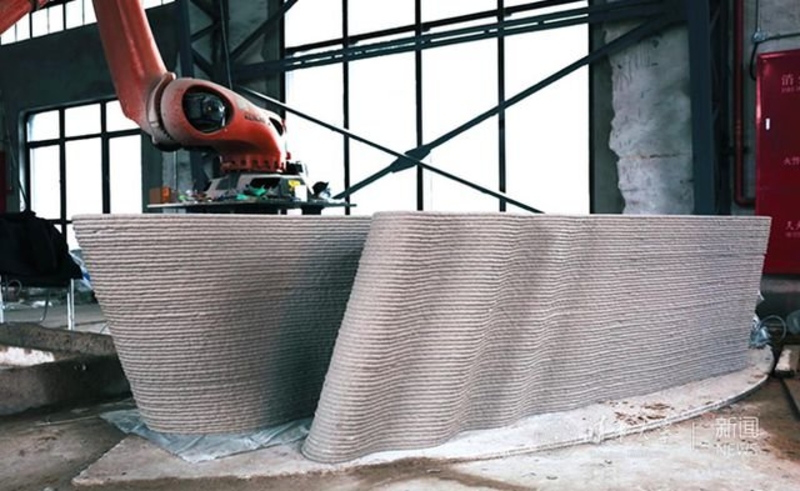
Printing a Bridge Board
Building the new bridge took 44 individual concrete units at 3x3x5 feet, all 3D printed. Its sides are composed of 68 concrete slabs lifted and set by robotic arms.
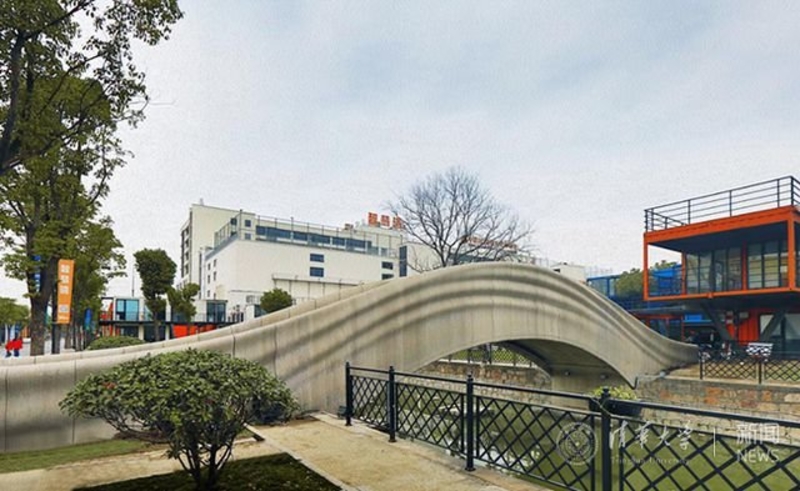
A Low Angle View of the Bridge
Its design is based on China’s storied bridge history. The Tsinghua press release emphasizes the importance of “intelligent construction,” as a way of solving labor problems, in case of a future short supply. But the technology still has some way to go to improve itself. 3D printing has many investors but more “actual engineering” experience is needed to make it reliable. The same goes with the robotic arms, which prof. Xu aims to use to integrate architectural design, concrete material, and print path generation. These 2 robotic arms have different specializations. One has squeeze, push, and stirring functions while the other does print path generation and operating system maintenance.
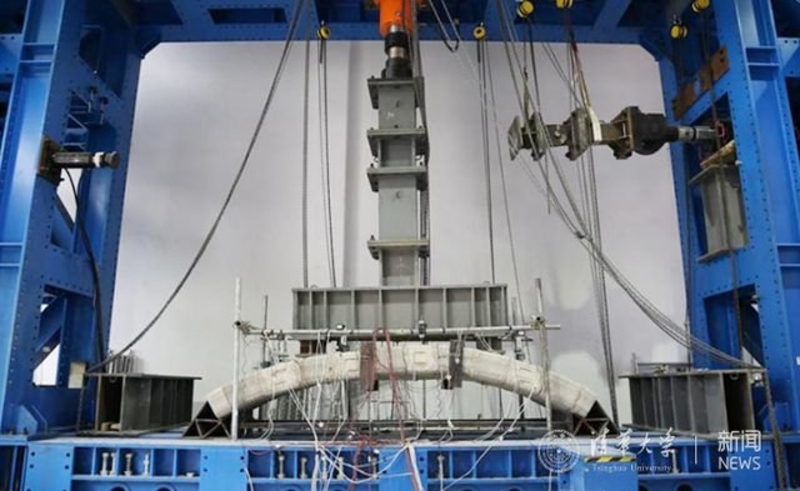
Now that the technology is more readily available and widespread, there have been more 3D-printed architectural projects recently. Imagine how the Marines have built a 3D-printed barracks in just 40 hrs. Researchers in MIT only needed 14 hours to create a sample house. If man is to build houses on Mars, NASA has reason to believe it will be built using similar robotic arms, with 3D-printing capability.